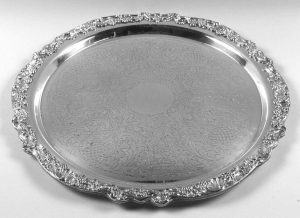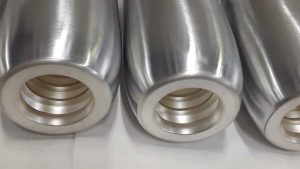![]() Certified ISO 9001:2015
Certified ISO 9001:2015


Silver Plating
Research
Silver plating is the process of depositing a thin layer of silver onto the surface of a base metal (such as copper, brass, nickel, or stainless steel) using an electroplating process. This is done to improve appearance, conductivity, corrosion resistance, and overall durability of the component.
Electrical Conductivity – Silver is the best conductor of electricity, making it ideal for electrical contacts, connectors, and circuit components.
Corrosion Resistance – Protects base metals from oxidation and tarnishing (though silver itself can tarnish, it’s still easier to clean than many metals).
Aesthetic Appeal – Gives a bright, shiny, and decorative finish, commonly used in jewelry, ornaments, cutlery, and decorative items.
Lubricity & Wear Resistance – Provides a smooth surface that reduces friction in mechanical parts.
Thermal Conductivity – Silver transfers heat efficiently, suitable for aerospace and electronics.
Electronics & Electrical: Switchgear, connectors, terminals, circuit breakers, and semiconductors.
Aerospace & Automotive: High-performance parts that require conductivity and heat resistance.
Medical Devices: Surgical instruments and components due to biocompatibility.
Jewelry & Decorative: Ornaments, cutlery, coins, and accessories.
Industrial: Bearings, fasteners, and mechanical parts for anti-galling and wear protection.